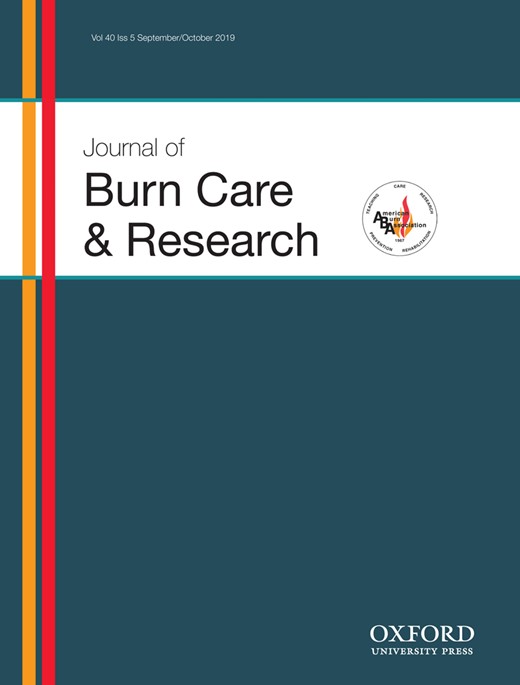-
Views
-
Cite
Cite
Ariel Aballay, Michel H E Hermans, Neodermis Formation in Full Thickness Wounds Using an Esterified Hyaluronic Acid Matrix, Journal of Burn Care & Research, Volume 40, Issue 5, September/October 2019, Pages 585–589, https://doi.org/10.1093/jbcr/irz057
Close - Share Icon Share
Abstract
The role of the dermis is essential for the proper orchestration of all phases of the normal wound healing process. Wounds with seriously damaged or even absent dermis consistently show seriously impaired wound healing and/or long-term complications such as hypertrophic scarring. Replacing a damaged dermis requires a dermal matrix that is compatible with, or even stimulates, the process of wound healing. Hyaluronic acid (HA), in an esterified form, is among the many matrices that are available. HA has been used in a number of indications, such as ulcers (ie, diabetic foot ulcers and venous leg ulcers), trauma, including burns, and for the repair of contractures and hypertrophic scars. The shorter healing time and the decrease of recurring hypertrophy demonstrate the efficiency of HA-derived matrices. Biopsies, taken up to 12 months post-reconstruction show a neodermis that histologically is largely comparable to normal skin, which probably is a function of HA playing such a pivotal role in normal, unwounded skin, as well as in the process of healing.





